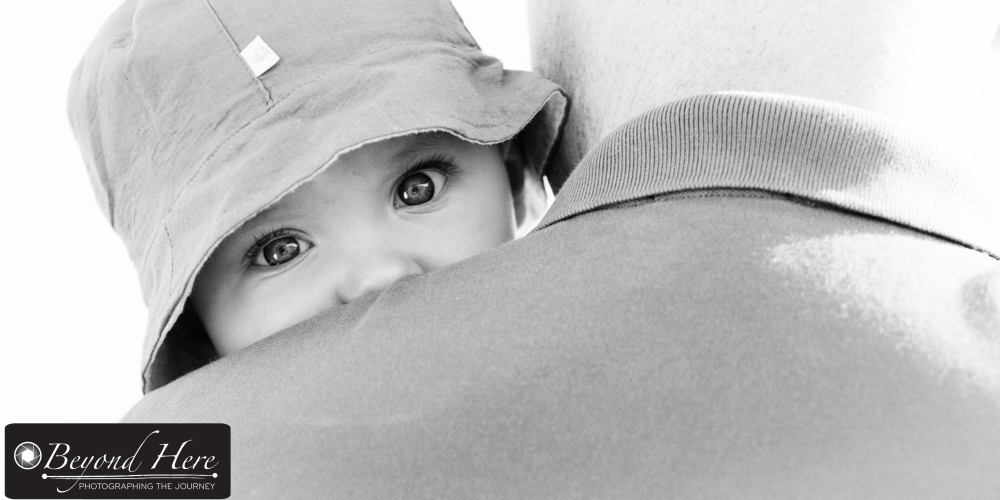When I started Beyond Here, I had in mind that the content should apply to photographers, and also to people running other creative businesses. That has only partly been the case so far. Most readers right now are photographers. This weekend I ran across a great example of a business principle that applies to any personal service business. Investing in relationships, can be much more valuable than any revenue generated by a single job.
The incident happened with my hairdresser.
I have been getting my haircut by the same hairdresser since 2008. I had her recommended to me (by my wife!). I first visited her when she was running her hairdressing business from the basement of her house. Not too long after that, she opened a retail outlet on a suburban main road in Melbourne, Australia. Despite occasional frustrations with car parking, I continue to visit regularly. Now she has a second retail outlet with staff running both shops. She continues to cut hair, and shares her time between the 2 salons.

Choices. This weekend my hairdresser chose to invest in the client relationship and forgo the money from one hair cut.
On this occasion I visited the newer salon. I hadn’t been to that outlet before, as it is quite a bit further from where I live. To fit in with my hairdressers schedule, I agreed to go to her new salon. So far, so good.
Now, I am a stickler for being on time – and she is too. I regularly arrive early, and nearly every time she is ready early or on time, and occasionally just a little late. This weekend, I arrived 30 minutes before my appointment time. I didn’t mean to arrive that early, I had allowed too much time, there was little traffic, and I got a car park 25m from the salon front door.
When I arrived we said hello. The salon was busy. She asked me to wait to my appointment time (which I expected to). I set about reading a magazine, and surfing on my iphone. My appointment time came and went. Twenty minutes after my appointment time I was still waiting and starting to get frustrated. I had been reading a trashy magazine for 50 minutes now – 30 minutes being my fault for being so early, and 20 minutes more as my hairdresser was running late on her appointments.
When the haircut began, she asked where my car was parked. I explained it was outside. She explained that unfortunately it is only a 60 minute parking zone. She was genuinely concerned that I would be there for over an hour. I appreciated her concern, but wasn’t very excited about the idea of running late and getting a parking ticket. (I was even less excited when I realized how much grey hair was showing through!) At this point, I was getting slightly cranky, but doing my best not to show it. My hairdresser is a great person, and has been cutting my hair for years. I wasn’t about to let being a few minutes late and a parking ticket ruin that history.
Now, cutting my hair isn’t a very lengthy experience. I was all done in less than 20 minutes. As we finished she apologized for running late, but the next thing she did took me by surprise and reminded me of a great lesson. As I walked to the cashiers desk, I reached for my wallet. I wanted to pay and get moving so I wouldn’t have a parking ticket and wouldn’t be late for my next appointment. It was then she said – ‘Craig, this time its on me. See you next time’. I was genuinely shocked. I understand that sometimes things run late, and wasn’t expecting a free haircut.
Instead of having a loyal customer leaving feeling frustrated and cranky, I left feeling great that I was appreciated as a customer – she knew we had been unusually late and she wanted me to get moving so that I wouldn’t get a parking ticket. It was a great reminder that investing in relationships is worth much more than the money that would have been generated from that job. I will continue to be a loyal customer as long as my greying hair keeps growing.
As photographers or personal service business owners, investing in relationships is key to our long term success. Today I shot a 30 minute portrait shoot for a friend. I charged nothing. I decided this was my opportunity for investing in relationships. Have you got an ‘investing in relationships’ story to share?
Just in case you were wondering, I was parked in the 60 minute zone for about 75 minutes. I was pleased there wasn’t a parking ticket on my windscreen. All good, and a great reminder about investing in relationships.













